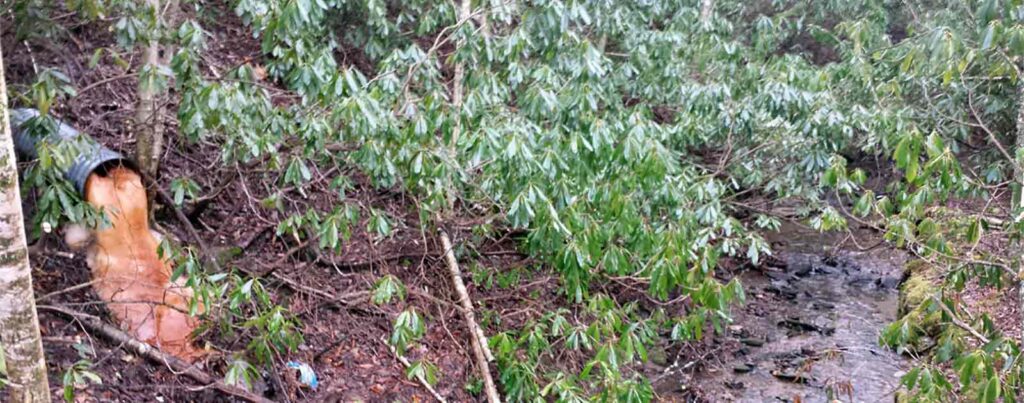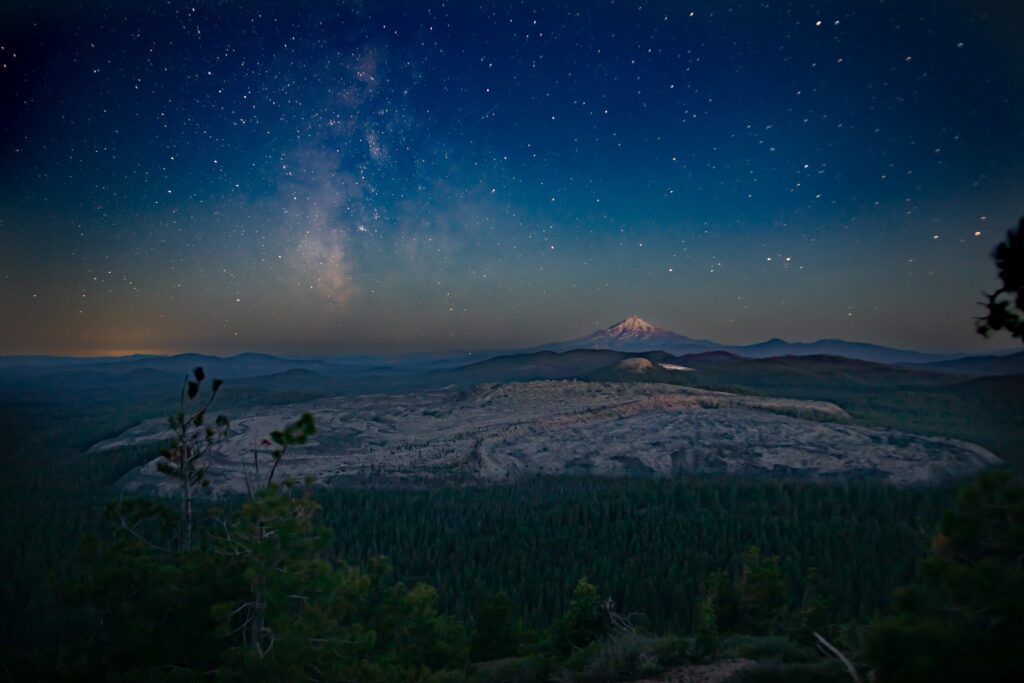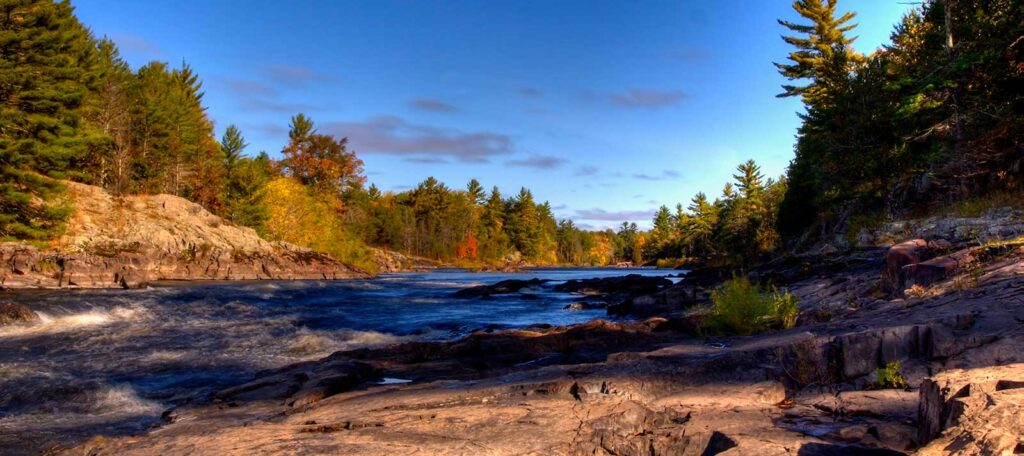What Does Stormwater Runoff Look Like?
Polluted stormwater is one of the biggest problems facing our streams. In most places there is no treatment to purify the water prior to it getting to our streams and our water supply.
By
Steve White |
March 11, 2016
On a recent run on a mountain trail near North Carolina’s Blue Ridge Parkway, my wife and I came upon a pretty dramatic sight. Just about 30 yards downhill from the Parkway, there was a large drain pipe with the outflow frozen solid. Where you might normally assume that this frozen waterfall would be crystalline white, it was far from it. Instead, it was more of a “burnt orange”, unlike any natural color around it.
While I did not take a sample to find out what was causing the orange color (perhaps a combination of iron rust and road deposits including oil and gas from passing cars), what was most striking was that even in this remote area of a protected landscape, there was enough pollution and trash on the road to dominate what you would expect to be a natural setting. And while we normally would not be able to visibly see what was being swept into the pretty little stream below, there it was literally frozen in time.
The stream ultimately flows into the New River, then the Ohio, then the Mississippi. Thinking of how many hundreds of streams like this bring this polluted runoff to the many towns and cities along that route makes it even more important to address it wherever possible.
Peter Raabe, our North Carolina Director, described polluted stormwater as one of the biggest problems facing our streams and said that in most places there is no treatment to purify the water prior to it getting to our streams and ultimately our water supply. That was certainly the case here, and now my wife and I have a stark image to remember that by.




